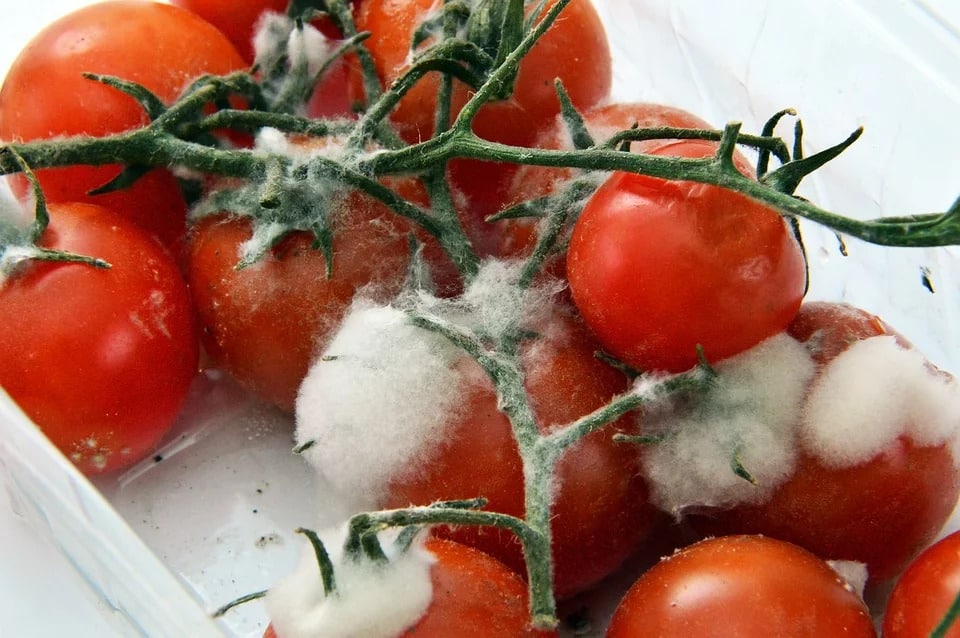Mold. Everybody’s seen it: that last bit of cheese growing a furry, white, cotton-like substance in the back corner of the fridge. It’s gross. It smells. It’s uncomfortably icky.
Mold is everywhere because it’s an integral part of our planet’s system for decomposition and breakdown of natural materials. While this is very important in, say, a forest, it can cause a host of problems in your refrigerator, on your walls, or in your shower.
Mold needs two things to survive: food and moisture. By removing one of these two elements, you can help reduce the amount of mold in your home and stop it from spreading to other areas.
Problem Areas
Since there is no way to completely eliminate mold’s food source, the best way to control mold in your home is by controlling moisture. You can do this in several ways, depending on where the moisture is present. In bathrooms and kitchens, ensure that the room is properly vented by cracking a window or turning on the fan. It’s especially important to leave the bathroom fan on for a little while with the door cracked open to reduce ambient moisture. Additionally, using an appropriately-sized air conditioner will help reduce overall ambient humidity in your home. If dampness is an ongoing problem, talk to a trusted HVAC professional to see if a humidistat, a device that controls humidity, is a good option for you.
Appliances such as the washer, dryer, stove, and dishwasher create a lot of humidity and heat, so they can become breeding grounds for all kinds of mold if you’re not careful. Ensure that dryers, kitchen vents, and other moisture-producing appliances are vented to the outside to help combat this problem. Additionally, pipes running through your home can create condensation if the room temperature is hotter or colder than the substance inside of the pipes, so be sure that you appropriately insulate your piping to prevent mold from growing within your walls and under your floors. In areas where consistent dampness is present (bathrooms, kitchens, near water fountains, etc.), use hard flooring instead of carpet so that you can easily remove excess moisture.
EPA Guidelines
When it comes time to clean up mold, homeowners can be apprehensive about the quantity of mold that is safe to remove by themselves. The Environmental Protection Agency (EPA) has published guidelines on what amounts of mold can be handled safely by homeowners and what may need professional remediation. Most of the time, you can deal with mold by yourself by wiping down surfaces with water and detergent and allowing them time to dry completely, using fans or additional ventilation as necessary. When some materials, such as carpet, ceiling tiles, and wet building materials, are moldy, you should probably just replace them instead of attempting remediation.
The EPA guideline states that if a mold problem is less than 10 square feet and results from water that is not sewage or contaminated water, you can usually handle cleanup yourself. Use mild detergents or an EPA-registered fungicide to prevent the mold from growing back.
Again, the key to keeping mold from re-growing is to control the moisture in an area, so be sure to address the moisture issue during your cleanup. Some homeowners take the out-of-sight-out-of-mind approach to mold remediation and simply paint over the mold. The problem with that method is that the mold is still growing underneath the new paint, so it will probably cause the fresh paint to peel off.
Mold Cleanup
Supplies:
- Respirator: When cleaning up mold, it’s crucial to limit your exposure to airborne mold. One of the ways that you can do this is to use a respirator. There are several different types of respirators, but the N-95 respirator is sufficient protection to handle most mold cleanup jobs. They are readily available at hardware stores and home supply stores and usually have a paper mask with a rubber or plastic cartridge to help keep moisture from building up next to your face. An appropriate fit is essential, so be sure to follow manufacturer instructions when wearing one.
- Gloves: Because you will be using detergents, biocides, antifungal solutions, or other chemicals throughout your mold cleanup, protect your hands with gloves that are appropriate for the chemical you are using. Rubber, neoprene, or PVC gloves are readily available and will protect your skin from both the mold and any harsh chemicals used during cleanup.
- Eye Protection: Lastly, wear some form of eye protection to keep your eyes safe from mold spores and any debris from the cleanup. Eye protection can be as simple as household glasses, ANSI Z87 eyewear, or other goggles you may have available.
Mold is part of our life— we can never fully be rid of it, but these simple steps can help minimize it:
- Reduce moisture
- Clean it up when you see it
- Use your heating, venting, and cooling system to reduce ambient moisture in your home
These steps will help keep your home comfortable and mold-free, except for maybe that occasional weird, white cloud growing in an abandoned Tupperware in the back of the fridge.

